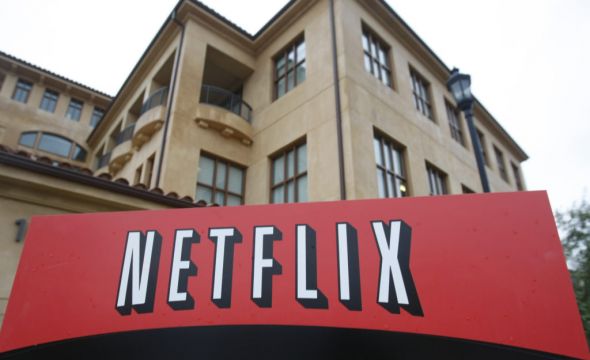Netflix shed almost one million subscribers during the spring amid tougher competition and soaring inflation squeezing household budgets.
The April-June contraction of 970,000 accounts, announced on Tuesday as part of Netflix’s second-quarter earnings report, is by far the largest quarterly subscriber loss in the company’s 25-year history.
It could have been far worse, though, considering Netflix management released an April forecast calling for a loss of two million subscribers during the second quarter.
Netflix was probably spared from deeper losses by the ongoing popularity of Stranger Things, its science fiction/horror series that debuted in 2016.
Following the release of the series’ fourth season in late May, Netflix said, viewers watched a total of 1.3 billion hours of it over the next four weeks — more than any other English-language series in the service’s history.
The less severe loss in subscribers, combined with an outlook calling for a return to growth in the July-September period, helped lift Netflix’s battered stock by 7% in extended trading after the numbers came out.
Netflix co-chief executive Reed Hastings did not try to sugar-coat things during a Tuesday conference call about the results.
“It’s tough losing a million subscribers and calling it a success,” he said.
The company’s April-June regression follows a loss of 200,000 subscribers during the first three months of the year, marking the first time Netflix’s subscriber totals have shrunk in consecutive quarters since its transition from offering DVD-by-mail rentals to video streaming began 15 years ago.
The loss of nearly 1.2 million subscribers during first half of this year also provides a start contrast to the pandemic-driven growth that Netflix enjoyed during the first half of 2020 when its streaming service picked up nearly 26 million subscribers.
Despite the downturn, Netflix still earned 1.4 billion dollars (£1.1b), or 3.20 dollars (£2.7) per share during the quarter, a 6% increase from the same time last year. Revenue rose 9% from the same time last year to nearly 8 billion dollars (£6.7b).







